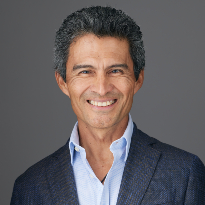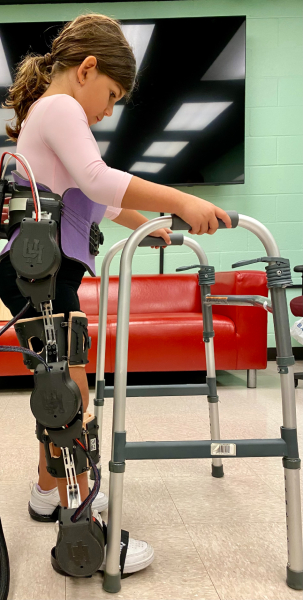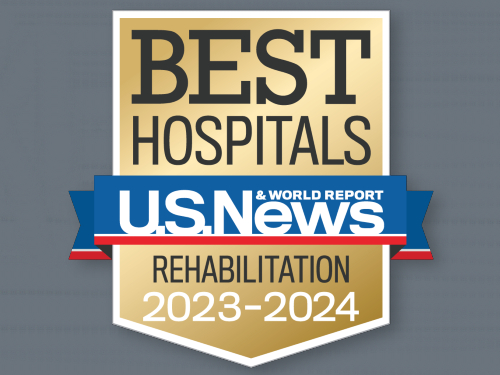On any given day inside the BRAIN Center at the University of Houston (UH), which is sponsored by the National Science Foundation (NSF) Industry-University Cooperative Research Center (IUCRC), you might find visual artists and dancers amid adults and children with paralysis, all wearing caps that chart the electrical signals emitted by their brains. Researchers are mapping the signals to learn which areas of the brain are activated when the study participants express their feelings during creative movement, daily movements or as they attempt to regain the ability to move. Those with paralysis who are relearning essential movement skills are wearing powered exoskeletons augmented with brain-machine interfaces designed to interpret their thoughts and help them move when the thought of moving enters their minds.

“Disability has become a leading health care concern because our population is aging, and while advances in trauma care are saving more lives, they’re leaving many people with long recovery times,” says Dr. Contreras-Vidal, professor of electrical and computer engineering at UH. “About 5.4 million people in the United States are living with paralysis, creating a critical need for accessible and ethical technologies that address their needs effectively. We’re making substantial strides with the neurotechnology solutions we’re developing at the BRAIN Center in collaboration with our industry and academic partners.”

“All these grants have been focused on developing ways to connect the brain with machines and particularly machines that can be used for rehabilitation, such as exoskeletons patients can wear to retrain an arm or their legs after a stroke, for example,” Dr. Contreras-Vidal says.
Initially funded by NSF in 2017, the BRAIN Center has become an international hub for emerging technologies, with international affiliate partners that include the Tecnológico de Monterrey in Mexico and Universidad Miguel Hernández de Elche in Spain. The U.S. Food and Drug Administration has joined as an affiliate member, along with three new academic sites scheduled to join in 2023: the Georgia Institute of Technology, West Virginia University and the University of Maryland, Baltimore County.

Phase 2 of the BRAIN Center, from 2022 to 2027, is funded by NSF grants and industry membership fees that support the design, validation and transfer of novel neurotechnologies to end users. The BRAIN Center also has continued to develop a strong and unique workforce development program from high school to post-doctoral levels. Last year, the NSF renewed the BRAIN Center’s Research Experiences for Undergraduates (REU) site grant to offer research experience for undergraduates in “Neurotechnologies to Help the Body Move, Heal and Feel Again.” In addition, the National Institutes of Health awarded a five-year R25 Research Education Grant of $768,000 to Dr. Contreras-Vidal and Pranav J. Parikh, PhD, associate professor of health and human performance at UH. The R25 grant will help fund didactic and hands-on activities to enhance the training of therapists, clinical and research fellows, and orthotists and prosthetists for neurorehabilitation and neuroengineering research, with the goals of using these emerging technologies to meet the nation’s biomedical, behavioral and clinical research needs.
“Workforce development is another challenge the NIH grant will help us meet,” Dr. Contreras-Vidal says. “We want to train scientists, engineers and physicians in this new technology, and this is why TIRR Memorial Hermann is an important member of our team. Some of the students and study participants we’re working with will spend time in labs at TIRR working with our technology. TIRR Memorial Hermann also is helping us by training new generations of physical medicine and rehabilitation specialists, as well as neuroengineers.”
In their research, he and Dr. Francisco found that neurotechnology is lagging in its application to the pediatric population. “Children’s needs change rapidly as they develop, so creating neurotechnology they can use is a moving target,” says Dr. Francisco, who directs the TIRR Memorial Hermann NeuroRecovery Research Center.“ In Phase 1 of the BRAIN Center, we saw an opportunity to develop the first over-ground exoskeleton for children and have completed the project. We expect to start clinical trials of the exoskeleton with children with cerebral palsy this spring.”
“All data produced by the exoskeleton can be collected by physicians to evaluate progress and determine if modifications are needed in therapy,” Dr. Contreras-Vidal says. “This is a challenging project that requires close work with physicians, children, parents, our industry partners and regulatory agencies. We’re very fortunate to have the full support of TIRR Memorial Hermann and its researchers. As medical devices, our exoskeletons will have to be approved by the FDA. We’re working very closely with all stakeholders to develop the science in ways that maximize safety and benefits for end users.
“As part of our roadmap for the future, we’re creating the next generation of soft exoskeletons that can be personalized to each child’s needs,” he says. “These exoskeletons will be made of special technical fabrics with very small sensors and actuators built in. It’s an entirely new concept that will increase our ability to collect data we can use to improve function and conduct future research.”
The BRAIN Center also is actively engaged in the development of standards and best practices for brain-machine interface systems, artificial intelligence, or AI, applications, use-inspired roadmaps for emerging technologies and convergent research at the nexus of the arts, science and medicine.
“Through our nationally funded BRAIN Center and our close collaboration with TIRR Memorial Hermann and other partners, including those from industry, we are putting Houston on the map as a leader in the application of these new technologies,” Dr. Contreras-Vidal says. “We’re asking ourselves which challenges may not be attainable today but could be attainable tomorrow. As part of the roadmap, we’ll add other technologies to exoskeletons, prosthetics and other wearable devices and virtual machines so they can be controlled directly by body movement or brain activity. For example, just by thinking about it, the brain-controlled devices will engage, assist and rehabilitate movement in people with disabilities. We’re developing innovative, safe, effective, inclusive and accessible technologies, which is very exciting for us, and critical to improving the quality of life of millions of people with cognitive and motor disabilities.”
